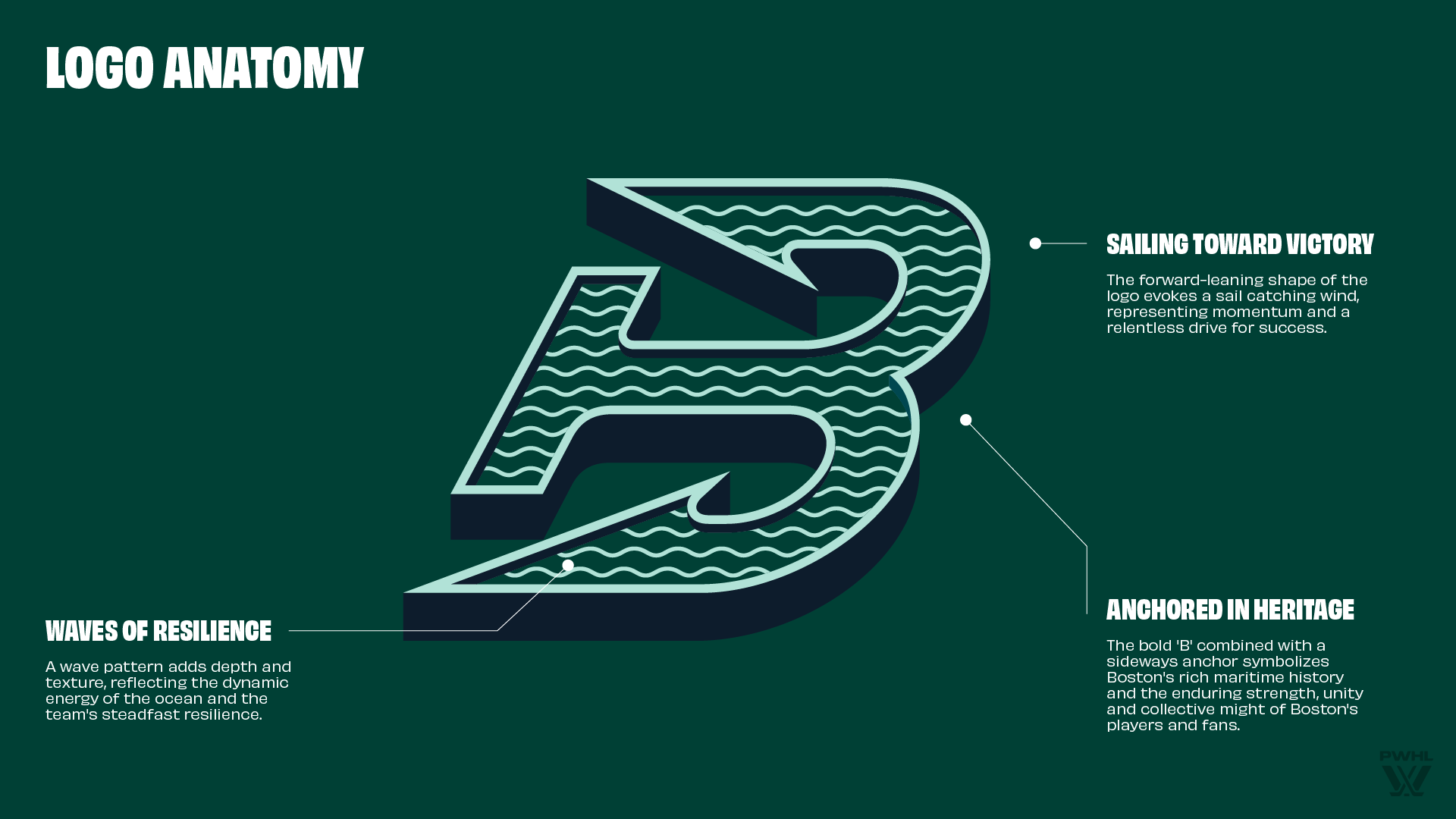There has already been plenty said about Mitch Marner’s potential pending departure from the Toronto Maple Leafs, and the superstar winger hasn’t even hit free agency yet. Perhaps parting ways with Marner is part of what general manager (GM) Brad Treliving was talking about when he famously opined that the “DNA has to change in our team”. And perhaps a break-up of the ‘Core Four’ salary cap structure is a necessary part of taking the next step forward for the organization.
By any measure, however, losing a reigning 102-point scorer in his prime is going to hurt. This is particularly true if Marner winds up going elsewhere in free agency with no returning assets, save for some cap space to use. And yet, NHL history has shown us that there is life beyond losing a star player. The 2024-25 Maple Leafs finished 18 points clear of the playoff cutoff in the Eastern Conference, so even some slight recession in a potentially Marner-less 2025-26 season would likely still bring about postseason play – and that’s before even knowing what the roster might look like.
Since we obviously can’t look ahead to know exactly how a future without Marner might look, we may as well look back. In recent years, there have been a number of impact players to move onto new teams in free agency, thus shaping the immediate futures of not just one, but two NHL clubs. Let’s take a closer look at the effect of four such signings on the ‘jilted’ team the player departed from.
John Tavares (New York Islanders)
In fact, it wasn’t that long ago that Toronto was on the other end of this exact type of scenario. In summer 2018, John Tavares stood as one of the highest-profile free agents to switch teams in recent memory. A homegrown success story who grew up as a Maple Leafs fan, Tavares was welcomed to the rising Maple Leafs with open arms and was even named captain of the club one year later.
The other side of the Tavares coin presented a far less cheery story, however. On Long Island, the 2009 first-overall selection of the New York Islanders was seen as turning his back on the franchise that drafted and developed him over nine seasons. Unsurprisingly, the 34-year-old has been received accordingly, getting booed on every return trip to Nassau Coliseum and now UBS Arena.
Curiously, the Islanders immediately got better upon Tavares’ exit. After earning just 80 points and finishing second-last in the Metropolitan Division during what turned out to be his swan song on the Island, New York improved by 23 points just one season later, finishing second in the Division, reaching the second round, and setting off a string of three consecutive playoff appearances. The new brain trust of GM Lou Lamoriello and head coach Barry Trotz had an immediate impact, as the club wound up enjoying a better season than the Maple Leafs team that Tavares had left for.
This has been a less-than-positive memory for Maple Leafs fans in the years since, but now it can serve as an encouraging source of hope as they prepare to bid a likely farewell to Marner. It’s also a fitting anecdote considering that Tavares is, once again, a free agent this summer as well, albeit without the same level of hype as he had seven years ago.
Artemi Panarin (Columbus Blue Jackets)
Artemi Panarin has come to be closely linked to the New York Rangers on account of his successful tenure in the Big Apple over the past six seasons, so it’s easy to forget that the Blueshirts are actually his third NHL team. Following two stellar 30-goal campaigns to kick start his career with the Chicago Blackhawks, he was acquired by the Columbus Blue Jackets and led the team in scoring in both 2017-18 and 2018-19.
That was, however, it for Panarin’s time in Columbus, as he joined the Rangers as a free agent in 2019. While New York didn’t reap immediate rewards for their acquisition (thanks, in part, to the pandemic), they would eventually reel off three sensational seasons in a row, including two Eastern Conference Final appearances, thanks to the Russian winger’s offensive exploits.
Just as the Rangers’ rise with Panarin in tow wasn’t immediate, neither was the Blue Jackets’ fall. The John Tortorella-led group got back to the postseason and even earned a qualifying round win over the Maple Leafs. Pierre-Luc Dubois and Zach Werenski led what was more of a defence-oriented squad as they fell to the eventual champion Tampa Bay Lightning, failing to duplicate their upset win from the season before. Columbus hasn’t been back to the postseason in the half decade since, but at least they didn’t sink to the bottom of the Conference as soon as Panarin walked out the door.
You Might Also Like
Alex Pietrangelo (St. Louis Blues)
Although their positions are different, examining Alex Pietrangelo’s departure from the St. Louis Blues after 12 seasons to join the Vegas Golden Knights in 2020 offers an interesting and potentially relevant case study for those looking at the possibility of life after Marner.

(Photo by Bruce Bennett/Getty Images)
At the time of his free agent departure, Pietrangelo and the Blues were just one season removed from hoisting the Stanley Cup for the first time in franchise history. Their 2019-20 season had produced a Central Division title, but the club struggled in the bubble playoffs, falling 4-2 to the Vancouver Canucks in the opening round. It would be just three seasons into Pietrangelo’s Vegas tenure that the blue liner would once again raise the Cup.
In St. Louis, things remained surprisingly unchanged even in light of losing one of the club’s biggest minute loggers. The Blues took a step back in the regular season standings (from a .662 point percentage to .563) and finished fourth in the pandemic-realigned West Division, but they returned to the playoffs in that season plus the season thereafter. Pietrangelo left big skates to fill, but new addition Torey Krug did well to absorb his lost minutes and the team moved on as best they could.
To be clear, none of these examples paint some idealized picture of an organization that thrived upon losing one of their best players. Instead, the scenarios presented through the free agent departures of Tavares, Panarin, and Pietrangelo offer varying levels of optimism that it wouldn’t be the end of the world to lose Marner. If he were to head elsewhere on July 1 (or later), the Maple Leafs would have plenty of work ahead to move forward in his absence. But a deep, talented roster and some viable potential replacement options would suggest success would still be attainable in Toronto.




